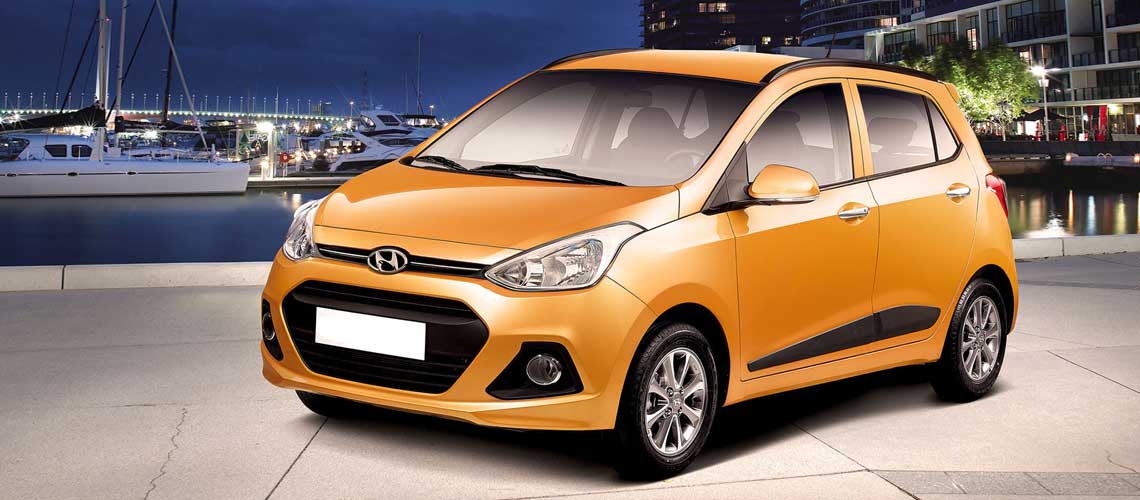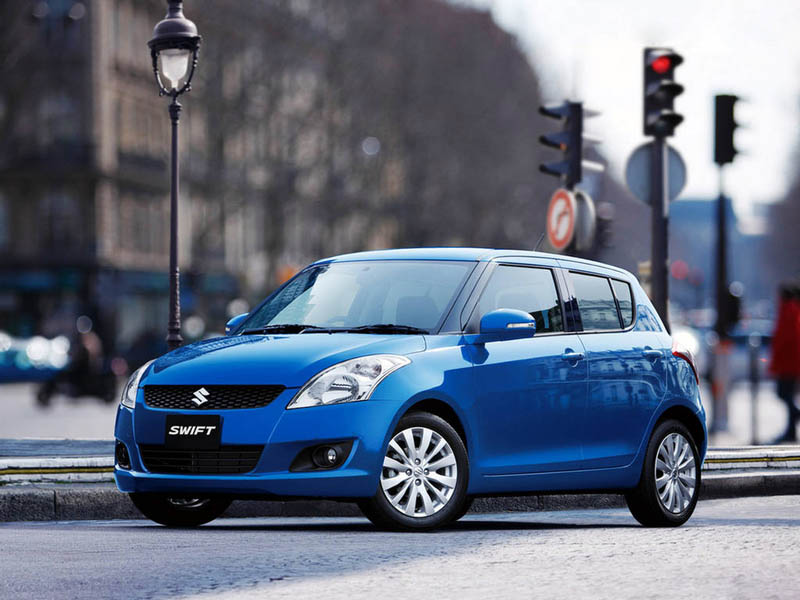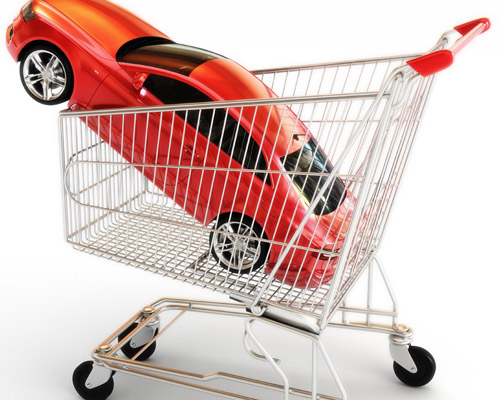Buying a new car? Here is what yoHow to buy your first car.
Say you’re looking to buy your first car or a new car; either you’re parents are buying your new car or you’re finally in a place to buy your own first car. If it’s the former, don’t bother reading further. If you are buying your own first car read on:
Buying a new car can be a daunting task, especially if you’re not well versed with cars, but fret not. It can be a stress free and educational experience if you follow these steps:
1. Finances
The most important part. It’s time to actually take stock of your finances and see if you can actually afford a new car.
Check your savings – it’s always best to buy a new car outright with all the money being paid at once before taking delivery. This is advisable if you have a decent amount of liquid funds and the financial hit won’t cripple you. For most people this is not an option and, that’s why we have relatively cheap financing. Your EMI (easy monthly instalment is inversely proportional to your down payment. Pay as much as you can upfront.
As a general rule always try and keep your EMI at less than 15% of your monthly income.
“Always try and keep your EMI at less than 15% of your monthly income.”
2. Papers
Get your paper in order
- Drivers licence
- Pan card (also works as photo ID)
- Address proof: this is also the address where your car will be registered. Make sure it’s in the same region as where you’re going to be buying/registering your car
- Voters ID, passport, Aadhar card, electricity bill (any one will do)
3. Preliminary research
Now that you’ve set a budget and got the necessary paperwork,it’s time to explore options. This prelim research would be best done online but the latest of copy of a good car magazine should do as well, Apps like Carwale and Cardekho are a great resource for this discovery as they have great filters that let you sort cars by many parameters like size and price.
4. Narrow down options
Petrol or diesel- if you drive more than 2000 km a month go for a diesel engine, if it’s less than that go for petrol.
5. Showroom
Once you’ve come down to about 3-5 options,it’s time to visit a showroom. Your research should have revealed which showrooms are closest to you. A close showroom is a great for conveniently finding out more about the car. But going a bit further could mean the difference between getting a good deal or not.
The best salesman will find out about your requirements and set you on the right path to buying a new car. The other kind will leave you frustrated and hating the entire concept of private vehicular transport.
An easy way to avoid being played by pushy salesperson is to remember as a customer you are king. Ask all the questions you possibly can and always verify what information you’ve been given by cross referencing a brochure of other print media like pricelists.
6. Test drive
This is where you really get to learn what a vehicle is actually like. Always take as long and thorough test drive as you can. Ideally two; one at the showroom and one at your home. Test drive essential checklist:
- Comfortable seating position
- easy to reach and operate controls
- Clutch out and roll away (check for a shuddering engine)
- Accelerationtest; zero to as much speed as the road will allow. See how the car behaves under heavy acceleration, check for regions in the power band where acceleration tapers off.
- in gear acceleration or roll on acceleration: get yourself up to about 40 kmph and then floor the accelerator in either 4th of 5th What you’re looking for is an engine that can get you to speed without much effort.
- Parking test. Do a parallel park, a reverse park and a bay park to see how easy it is to reverse, look around and place the vehicle.
- Turningcircle, turn the steering at completely to the left or right and see how easily it can do a U–turn and how small a circle it inscribes. The smaller the better.
- Emergency brake test: on an empty road accelerate up to 70kmph and slam the brakes as hard as you can without letting up. See how the car behaves under heavy breaking. A car that stops in a straight line without shaking or skidding is good.
7. I am interested
Now that you’ve decided which new car you want,it’s time to call every dealer of the car (you’ve picked) around you and let them know you are interested. Always go with the dealer that responds promptly.
8. The trick
Never show that the new car you are buying is the car you want; your stance should be that, that this is the least bad and there are other options on the table.Pro tip: every dealer charges you for something called a basic or essential kit; this would usually contain your mud flaps, floor mats, car cover etc.
Whatever the final on road price you’ve been offered may be, there is always room to haggle, ask for a discount and stand your ground.When you’ve gotten yourself a satisfactory deal, hand over a token amount (cheque or cash) and insist on a booking form and receipt. Also remember to hand over a copy of your ID and Address proof, so that the dealer may process the registration of your new car. As a rule no car in Delhi can be sold without registration plates.
While taking delivery of your vehicle be sure to check every nook and cranny for defects or damage and make sure the salesperson has explained to you all the functions and features of the vehicle. He should have also given you a helpline number and signed and stamped your warranty card.
Congratulations you are now the proud owner of a brand new car.








